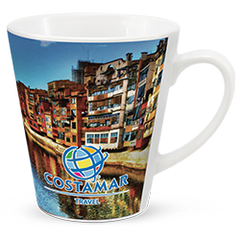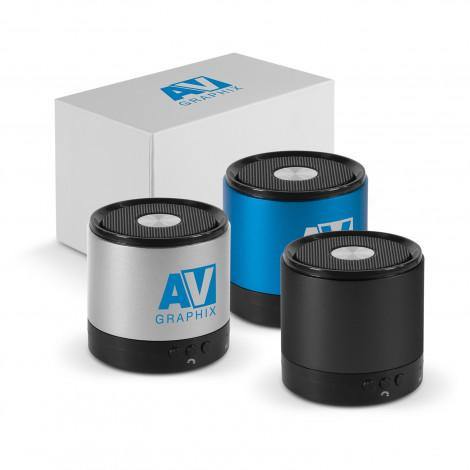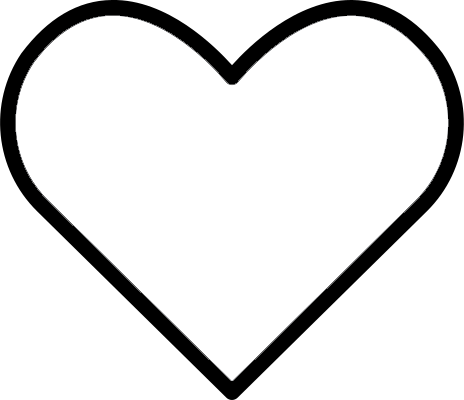Sublimation Print
Dye sublimation print is used for branding products that have a special coating on them, or fabrics suitable for the sublimation process. A transfer is produced by printing sublimation ink onto transfer paper and then heat pressing it onto the product.
Advantages
- Sublimation ink is a dye so there is no ink build-up. The finished print is embedded in the product.
- Ideal for producing vivid full colour images as well as closely matched spot colour branding.
- Can print variable data including individual names.
- Edge-to-edge branding can be achieved on some products.
- Only one set up charge is required regardless of the number of print colours.
Limitations
- Can only be used on suitable products with white surfaces.
- Some colours cannot be reproduced including white, metallic, and neon/fluorescent colours.
- Fine detail/text may experience minor colour bleed across adjacent design elements.
Artwork Requirements
- Artwork can be supplied in either vector or bitmap format.
- Supplied bitmaps must be higher than 300DPI resolution at the actual print size.
- A 3mm bleed must be added to the artwork if it bleeds off the product.
Debossing
Commonly referred to as ‘Blind’ debossing, a heated custom metal plate is pressed firmly onto the product leaving an impression of the artwork. Thermo debossing is also available on certain products, using additional heat to create a unique and eye-catching two-tone finish.
Advantages
- Higher perceived value than other forms of branding.
- The branding becomes part of the product and is permanent.
- The product can be shipped as soon as heat pressing is finished.
- Certain products can produce a two-tone finish.
Limitations
- Unable to print variable data such as individual naming.
Artwork Requirements
- The artwork must be supplied in vector format.
- Fonts are advised to be converted to outlines/objects to avoid font conflicts.
Pad Print
Pad printing uses a silicone pad to transfer an image to a product from a laser etched printing plate. It is one of the most popular and affordable ways of branding promotional products due to its ability to reproduce images on uneven or curved products and print multiple colours in a single pass.
Advantages
- Ideal for printing on curved or uneven products.
- Prints sharp, clean images with detail as fine as 0.4mm, minimum text size is 5pt.
- Close PMS matches are possible on white or light-coloured products.
- Metallic gold and silver ink are available.
- Can offer a white under base for the darker products that require it.
- Many products can print up to 6 colours with tight multi-colour registration.
Limitations
- Halftones cannot be consistently reproduced.
- Unable to print variable data such as individual naming.
- Close PMS matches are more difficult on darker products and will only be approximate. In these instances, a white base will create a better print.
- Some pad print inks require a curing period before the product can be shipped.
- Each colour requires its own setup charge.
- Neon/fluorescent colours are not available.
Artwork Requirements
- Artwork must be supplied in a vector editable format.
- Fonts are advised to be converted to outlines/objects to avoid font conflicts.
Imitation Etch
Imitation etch is a special pad printing ink used for producing an etch-like effect on glass products.
Advantages
- Much more affordable than real etching.
- Can brand curved or uneven products.
- Produces a subtle finish with a higher perceived value that looks like etching.
Limitations
- Halftones cannot be consistently reproduced.
- The size of branding areas is limited on curved surfaces.
- Requires a curing period before the product can be shipped.
- Unable to print variable data.
Artwork Requirements
- Artwork must be supplied in a vector editable format.
- Fonts are advised to be converted to outlines/objects to avoid font conflicts.
Resin Coated Finish
This CMYK branding process is produced by printing artwork onto a vinyl material with strong adhesive on the reverse. The branded area is then coated with a crystal-clear resin. Once dry, the finished decal is applied to the product and the adhesive forms a permanent bond.
Advantages
- Ideal for producing vivid full colour images as well as closely matched spot colour branding.
- Produces a stunning 3D effect that elevates the perceived value of a product.
- Can print variable data including individual names.
- Edge-to-edge branding can be achieved on the resin coated area.
- Only one set up charge is required regardless of the number of print colours.
Limitations
- Larger print areas can be more expensive.
- White, metallic gold, silver and neon colours cannot be printed.
- The resin needs to be cured for one day before shipping the product.
Artwork Requirements
- Artwork can be supplied in either vector or bitmap format.
- Supplied bitmaps must be higher than 300DPI resolution at the actual print size.
- A 3mm bleed must be added to the artwork if it bleeds off the product.






